My Local Library Has A "Thingery" Section With All Kinds Of Things You Can Borrow... Sewing Machines,
My local library has a "Thingery" section with all kinds of things you can borrow... sewing machines, drones, skates, GPS units, kayaks, video recorders, laptops, telescopes... So many things to try! Libraries have reinvented themselves in the most interesting ways.
Today I learned

More Posts from Dragons-barb and Others
After kinda losing faith today in humanity's future, this was restorative. Thanks, NASA, for continuing to explore and share, despite (to spite?) the bullshit.
NASA Science Show & Tell
This week, we’re at one of the biggest science conferences in the country, where our scientists are presenting new results from our missions and projects. It’s called the American Geophysical Union’s Fall Meeting.
Here are a few of the things we shared this week…

The Sun
A few months into its seven-year mission, Parker Solar Probe has already flown far closer to the Sun than any spacecraft has ever gone. The data from this visit to the Sun has just started to come back to Earth, and scientists are hard at work on their analysis.

Parker Solar Probe sent us this new view of the Sun’s outer atmosphere, the corona. The image was taken by the mission’s WISPR instrument on Nov. 8, 2018, and shows a coronal streamer seen over the east limb of the Sun. Coronal streamers are structures of solar material within the Sun’s atmosphere, the corona, that usually overlie regions of increased solar activity. The fine structure of the streamer is very clear, with at least two rays visible. Parker Solar Probe was about 16.9 million miles from the Sun’s surface when this image was taken. The bright object near the center of the image is Mercury, and the dark spots are a result of background correction.
Hurricane Maria
Using a satellite view of human lights, our scientists watched the lights go out in Puerto Rico after Hurricane Maria. They could see the slow return of electricity to the island, and track how rural and mountainous regions took longer to regain power.

In the spring, a team of scientists flew a plane over Puerto Rico’s forests, using a laser instrument to measure how trees were damaged and how the overall structure of the forests had changed.

Earth’s Ice
Our scientists who study Antarctica saw some surprising changes to East Antarctica. Until now, most of the continent’s melting has been on the peninsula and West Antarctica, but our scientists have seen glaciers in East Antarctica lose lots of ice in the last few years.


Our ICESat-2 team showed some of their brand new data. From the changing height of Antarctic ice to lagoons off the coast of Mexico, the little satellite has spent its first few months measuring our planet in 3D. The laser pulses even see individual ocean waves, in this graph.

Scientists are using our satellite data to track Adélie penguin populations, by using an unusual proxy – pictures of their poop! Penguins are too small to be seen by satellites, but they can see large amounts of their poop (which is pink!) and use that as a proxy for penguin populations.

Asteroid Bennu
Our OSIRIS-REx mission recently arrived at its destination, asteroid Bennu. On approach, data from the spacecraft’s spectrometers revealed chemical signatures of water trapped in clay minerals. While Bennu itself is too small to have ever hosted liquid water, the finding indicates that liquid water was present at some time on Bennu’s parent body, a much larger asteroid.
We also released a new, detailed shape model of Bennu, which is very similar to our ground-based observations of Bennu’s shape. This is a boon to ground-based radar astronomy since this is our first validation of the accuracy of the method for an asteroid! One change from the original shape model is the size of the large boulder near Bennu’s south pole, nicknamed “Benben.” The boulder is much bigger than we thought and overall, the quantity of boulders on the surface is higher than expected. Now the team will make further observations at closer ranges to more accurately assess where a sample can be taken on Bennu to later be returned to Earth.

Jupiter
The Juno mission celebrated it’s 16th science pass of #Jupiter, marking the halfway point in data collection of the prime mission. Over the second half of the prime mission — science flybys 17 through 32 — the spacecraft will split the difference, flying exactly halfway between each previous orbit. This will provide coverage of the planet every 11.25 degrees of longitude, providing a more detailed picture of what makes the whole of Jupiter tick.

Mars
The Mars 2020 team had a workshop to discuss the newly announced landing site for our next rover on the Red Planet. The landing site…Jezero Crater! The goal of Mars 2020 is to learn whether life ever existed on Mars. It’s too cold and dry for life to exist on the Martian surface today. But after Jezero Crater formed billions of years ago, water filled it to form a deep lake about the same size as Lake Tahoe. Eventually, as Mars’ climate changed, Lake Jezero dried up. And surface water disappeared from the planet.
Interstellar Space
Humanity now has two interstellar ambassadors. On Nov. 5, 2018, our Voyager 2 spacecraft left the heliosphere — the bubble of the Sun’s magnetic influence formed by the solar wind. It’s only the second-ever human-made object to enter interstellar space, following its twin, Voyager 1, that left the heliosphere in 2012.

Scientists are especially excited to keep receiving data from Voyager 2, because — unlike Voyager 1 — its plasma science instrument is still working. That means we’ll learn brand-new information about what fills the space between the stars.
Learn more about NASA Science at science.nasa.gov.
Make sure to follow us on Tumblr for your regular dose of space: http://nasa.tumblr.com
Someone in my family: says some stupid shit.
Me: struggles not to roll eyes; struggles to say something affirming despite my deep disagreement because, despite their inability to think critically or consider information from more than one source, I love them.
Me: says something that doesn't jive with their beliefs.
My family: struggles not to roll eyes and says something affirming because, despite my disturbing lack of faith, they love me.
ignoring ur academic responsibilities is all fun and games until ur behind on 30 readings and have 6 things due in 4 days

Nice! So, what were your awesome meals? Did you know that pictures of meals are nearly as common on Facebook as selfies?
So today was much more eventful, as illustrated by the pictures below, including my first-ever selfie! The day started off with me discovering that my biological clock set itself, as I woke up 6:00 am, local time. Following an absolutely superb breakfast and finding an imperial system of ants...


He was scared of the thunder and went under but my mom gave him dinner


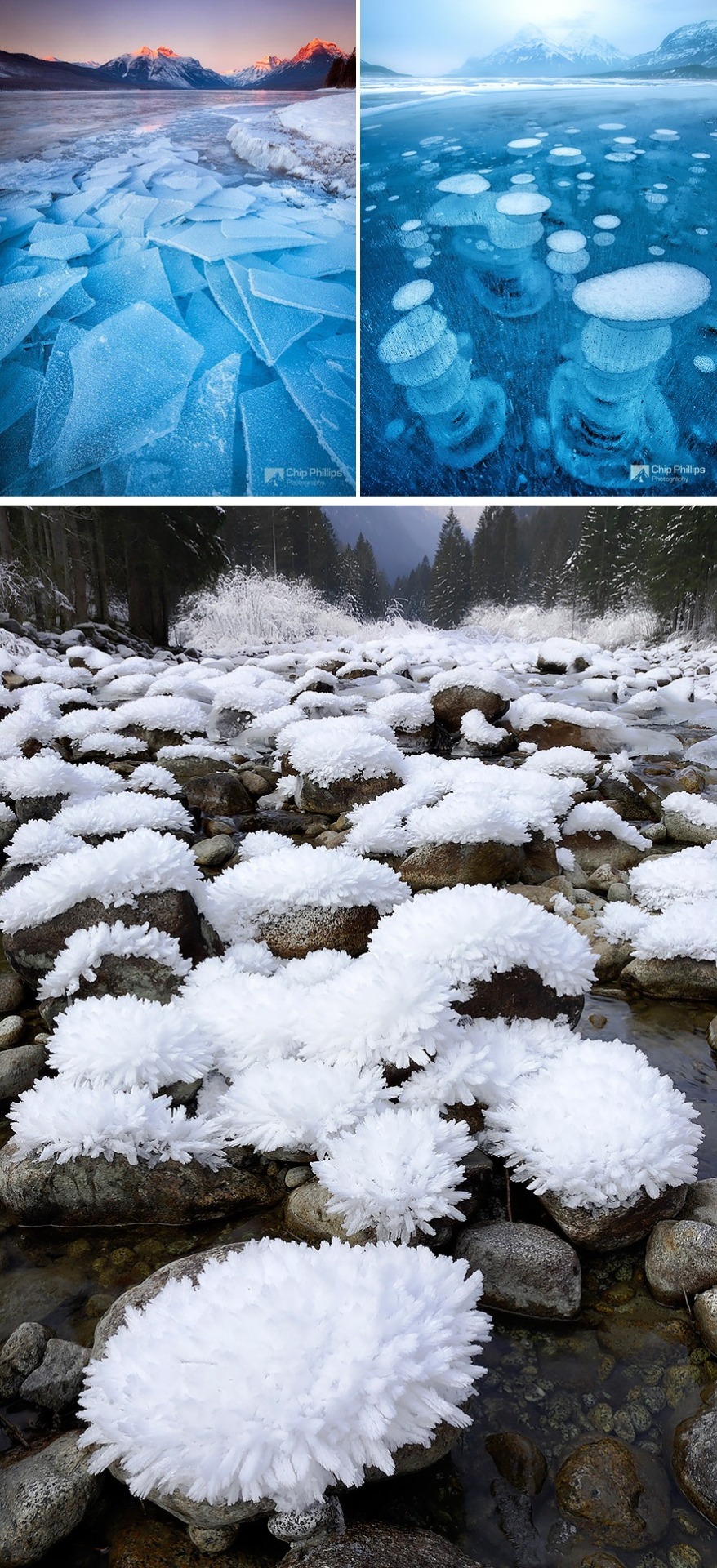

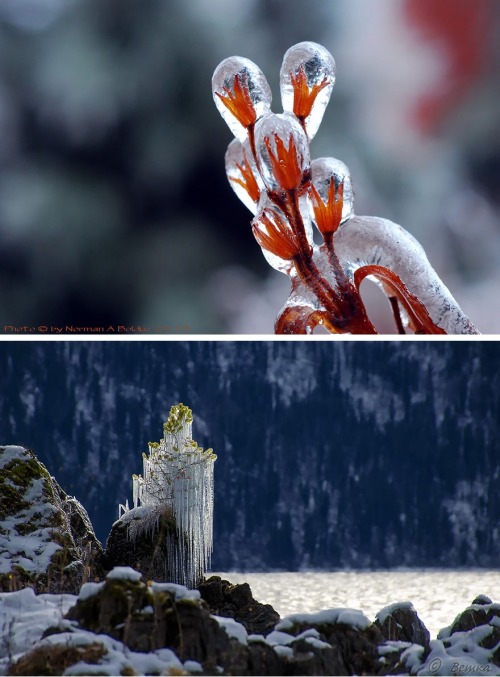
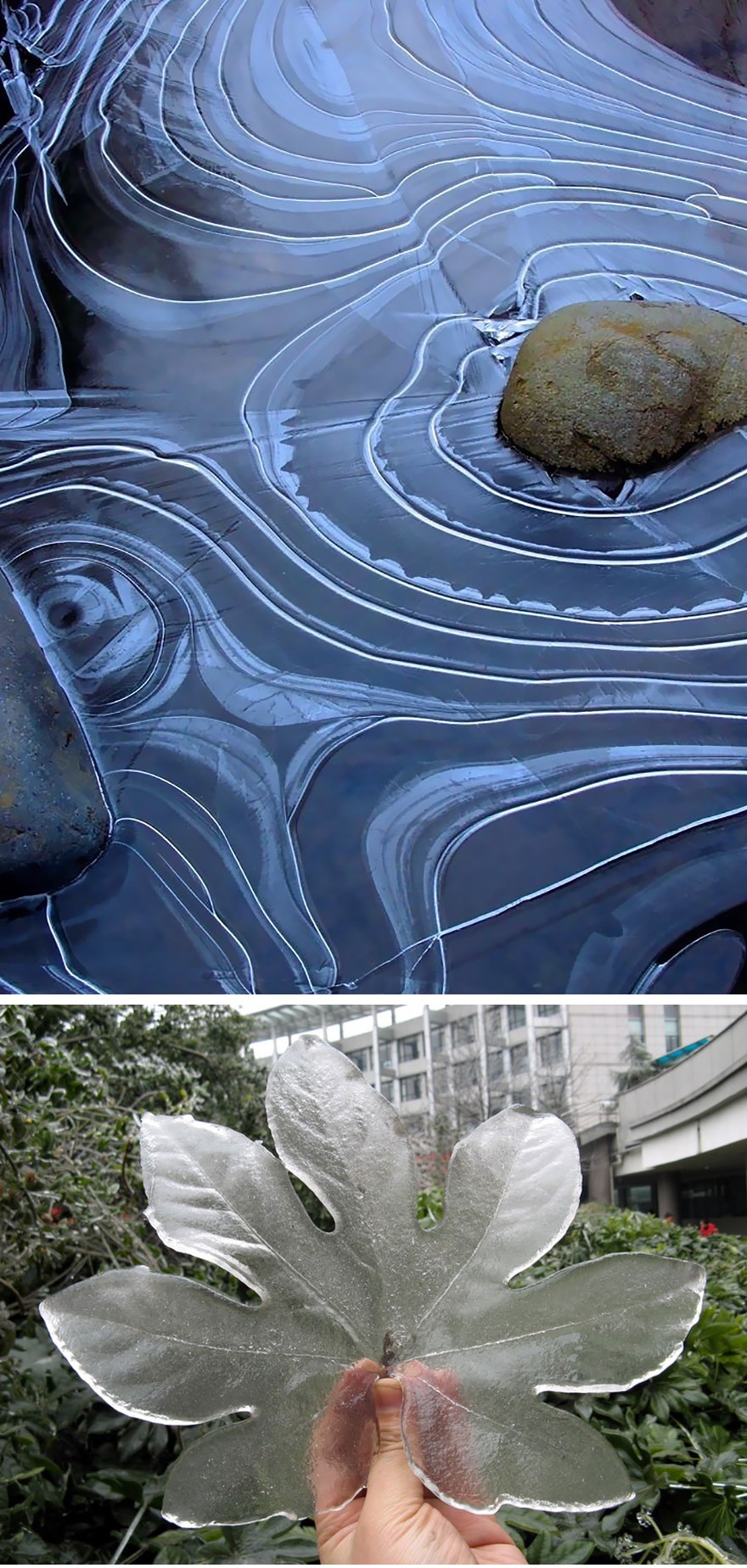
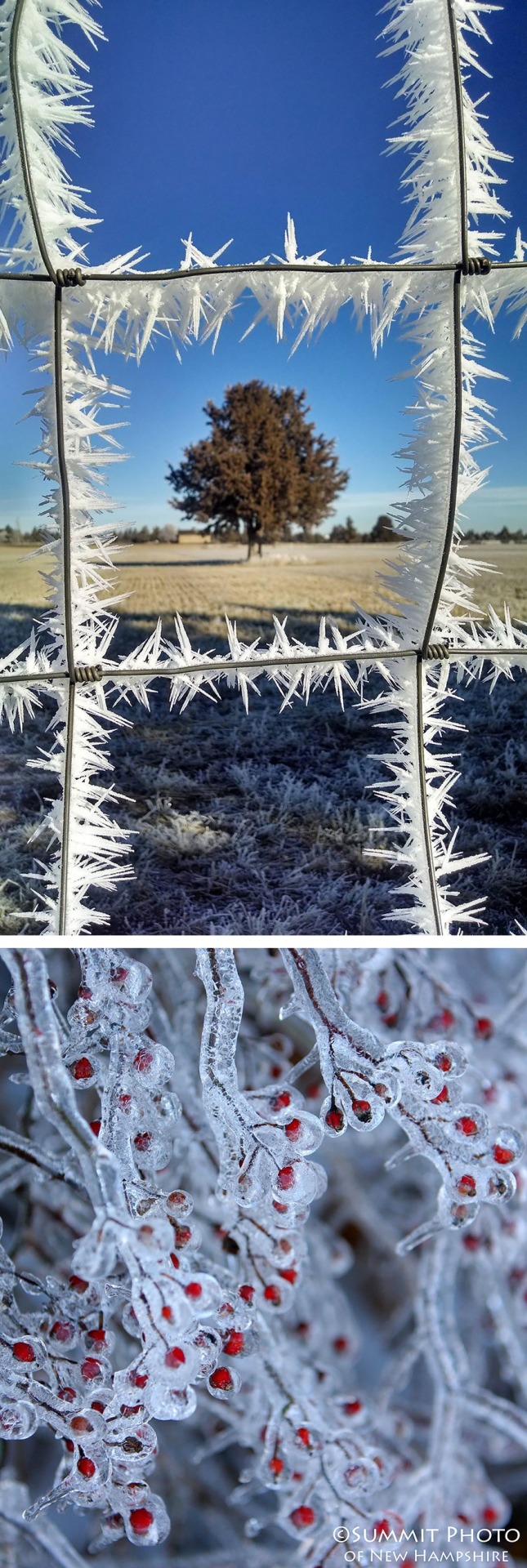

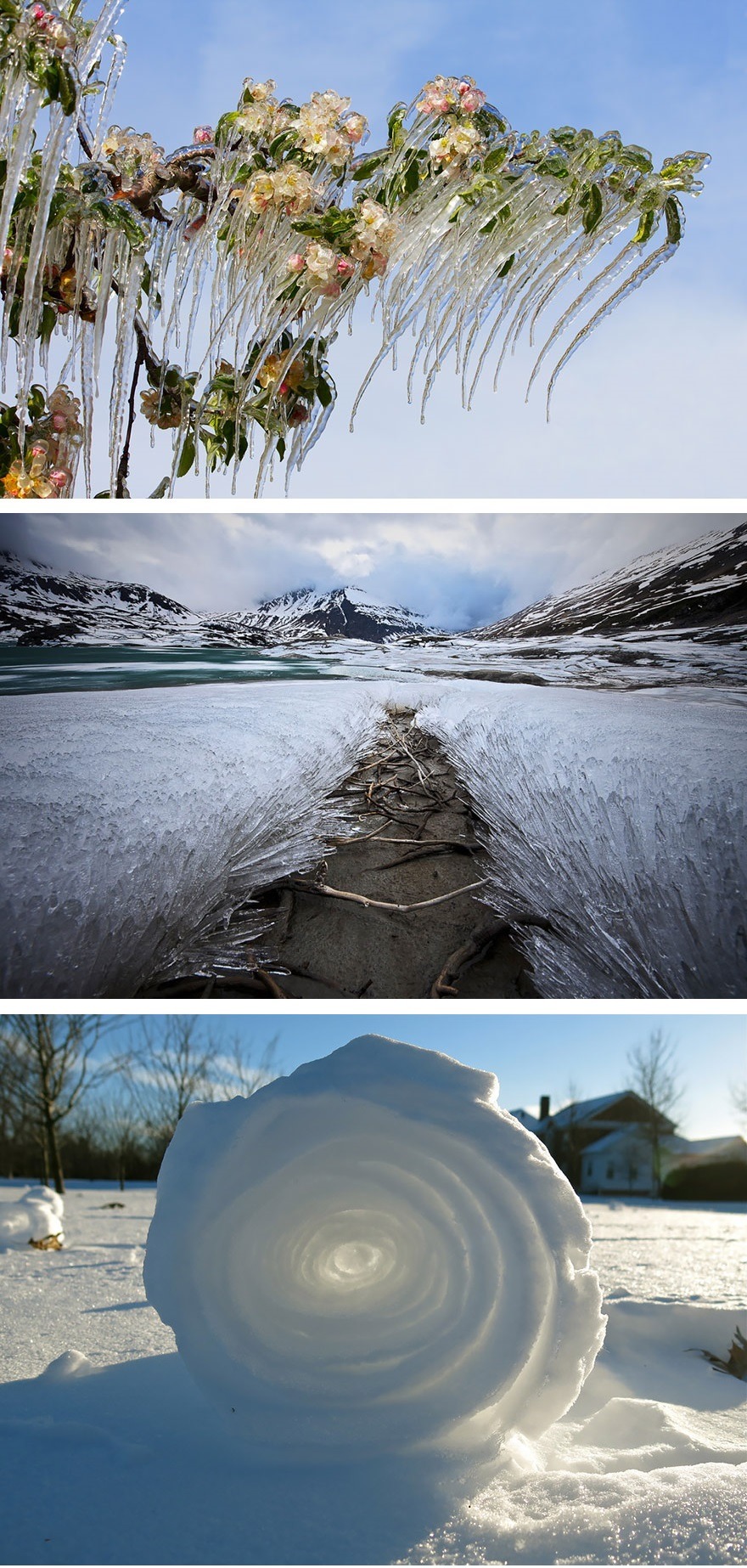


Reposting for @jhara-ivez 's response...

Being American, I am most familiar with temperatures in °F, but I can relate certain °C values with no need for mathematical gyrations:
15°C: Nice! I might consider a light jacket
20°C: Perfect for any outdoor activity, no jacket, no shoes, no problem
30°C: I am wallowing in a pool of my own sweat and am poised to lay waste to anyone who vexes me
one time i got mugged and that’s the day i realized there are just too many actually bad people in the world for any of us to be worried about furries. oh no they wanna be a wolf and date a lemur……. cool did they mug you? no? why are you concerned it’s not your business
Wow...
Success is like pregnancy. Everybody congratulates you but nobody knows how many times you got fucked to achieve it.
-
 sweetlittledrama liked this · 3 weeks ago
sweetlittledrama liked this · 3 weeks ago -
 too-short-for-my-own-good reblogged this · 3 weeks ago
too-short-for-my-own-good reblogged this · 3 weeks ago -
 dearlieebeloved liked this · 3 weeks ago
dearlieebeloved liked this · 3 weeks ago -
 fangirlingsohardithurts reblogged this · 3 weeks ago
fangirlingsohardithurts reblogged this · 3 weeks ago -
 fangirlingsohardithurts liked this · 3 weeks ago
fangirlingsohardithurts liked this · 3 weeks ago -
 ponderosa-canopy111 liked this · 3 weeks ago
ponderosa-canopy111 liked this · 3 weeks ago -
 chitheplant reblogged this · 3 weeks ago
chitheplant reblogged this · 3 weeks ago -
 chitheplant liked this · 3 weeks ago
chitheplant liked this · 3 weeks ago -
 gnomeshill liked this · 3 weeks ago
gnomeshill liked this · 3 weeks ago -
 necrowemancer reblogged this · 3 weeks ago
necrowemancer reblogged this · 3 weeks ago -
 weasley-detectives reblogged this · 3 weeks ago
weasley-detectives reblogged this · 3 weeks ago -
 ponponpompom reblogged this · 3 weeks ago
ponponpompom reblogged this · 3 weeks ago -
 beoofscrypticcreations reblogged this · 3 weeks ago
beoofscrypticcreations reblogged this · 3 weeks ago -
 similartendencies reblogged this · 3 weeks ago
similartendencies reblogged this · 3 weeks ago -
 a-wizard-robe-full-of-bees reblogged this · 3 weeks ago
a-wizard-robe-full-of-bees reblogged this · 3 weeks ago -
 a-wizard-robe-full-of-bees liked this · 3 weeks ago
a-wizard-robe-full-of-bees liked this · 3 weeks ago -
 quinn-o-lantern reblogged this · 3 weeks ago
quinn-o-lantern reblogged this · 3 weeks ago -
 quinn-o-lantern liked this · 3 weeks ago
quinn-o-lantern liked this · 3 weeks ago -
 bythestedeside reblogged this · 3 weeks ago
bythestedeside reblogged this · 3 weeks ago -
 bythestedeside reblogged this · 3 weeks ago
bythestedeside reblogged this · 3 weeks ago -
 sanctusoctopodus reblogged this · 3 weeks ago
sanctusoctopodus reblogged this · 3 weeks ago -
 weasley-detectives liked this · 3 weeks ago
weasley-detectives liked this · 3 weeks ago -
 anti-social-mediax reblogged this · 3 weeks ago
anti-social-mediax reblogged this · 3 weeks ago -
 anti-social-mediax liked this · 3 weeks ago
anti-social-mediax liked this · 3 weeks ago -
 rooner-spisms reblogged this · 3 weeks ago
rooner-spisms reblogged this · 3 weeks ago -
 soap-reblogs reblogged this · 3 weeks ago
soap-reblogs reblogged this · 3 weeks ago -
 chimera-posting reblogged this · 3 weeks ago
chimera-posting reblogged this · 3 weeks ago -
 chimera-posting liked this · 3 weeks ago
chimera-posting liked this · 3 weeks ago -
 drinkbreak reblogged this · 3 weeks ago
drinkbreak reblogged this · 3 weeks ago -
 plotbunnypettingzoo liked this · 3 weeks ago
plotbunnypettingzoo liked this · 3 weeks ago -
 plotbunnypettingzoo reblogged this · 3 weeks ago
plotbunnypettingzoo reblogged this · 3 weeks ago -
 clitorius-maximus reblogged this · 3 weeks ago
clitorius-maximus reblogged this · 3 weeks ago -
 tribeofthedrunkenweasles reblogged this · 3 weeks ago
tribeofthedrunkenweasles reblogged this · 3 weeks ago -
 roseofsomekind reblogged this · 3 weeks ago
roseofsomekind reblogged this · 3 weeks ago -
 phantasieandmirare reblogged this · 1 month ago
phantasieandmirare reblogged this · 1 month ago -
 bitch-what-in-the-ass reblogged this · 1 month ago
bitch-what-in-the-ass reblogged this · 1 month ago -
 walrusspartan liked this · 1 month ago
walrusspartan liked this · 1 month ago -
 beibeiiscute liked this · 1 month ago
beibeiiscute liked this · 1 month ago -
 kechara-moon reblogged this · 1 month ago
kechara-moon reblogged this · 1 month ago -
 vesper-roux reblogged this · 1 month ago
vesper-roux reblogged this · 1 month ago -
 alisha774 liked this · 1 month ago
alisha774 liked this · 1 month ago -
 im-here-and-queer418 reblogged this · 1 month ago
im-here-and-queer418 reblogged this · 1 month ago -
 aspynerd reblogged this · 1 month ago
aspynerd reblogged this · 1 month ago -
 projectgenex reblogged this · 1 month ago
projectgenex reblogged this · 1 month ago -
 mcrmyforever13 reblogged this · 1 month ago
mcrmyforever13 reblogged this · 1 month ago -
 mcrmyforever13 liked this · 1 month ago
mcrmyforever13 liked this · 1 month ago -
 troubleteenstuff liked this · 1 month ago
troubleteenstuff liked this · 1 month ago -
 a-lil-bi-furious reblogged this · 1 month ago
a-lil-bi-furious reblogged this · 1 month ago